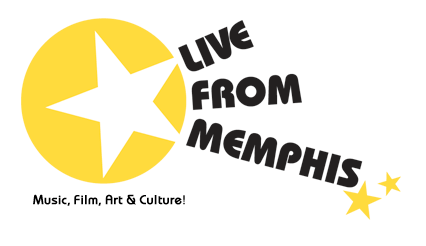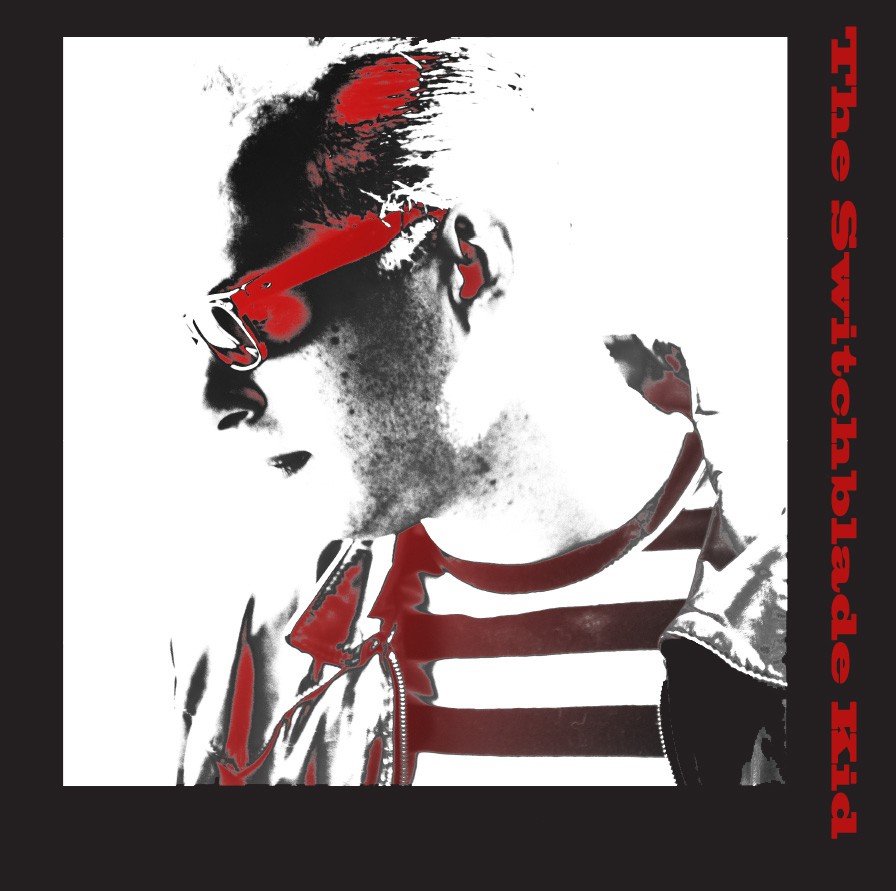Robin Pack and Kyle Johnson have been friends since high school, long before their shared interest in rock and recording technology led them to found Rocket Science Audio. Pack, an IT project manager by day, and Johnson, who works full time as a sound engineer, were hoarding all of the audio gear they could get their hands on with the eventual goal of starting a recording studio. “There are so many people doing so much great stuff in this town, and we’re just trying to document it,” Pack says.
But what sets Rocket Science apart from other studios is their eagerness to get out of the studio space and into the clubs. “We do studio albums, and we are happy to do it, and Kyle is really, really good at it,” Pack says. “But we specialize in live stuff.”
“Reigning Sound Live At Goner was the first official Rocket Science project,” Johnson says. The 2005 album started out as an experimental recording of an in-store performance by Greg Cartwright’s garage group. “We were just trying stuff to see if it would work,” Johnson says. But Goner Records’ Zac Ives and Eric Friedl were so impressed by the results that they put out the recordings as a full-fledged live album and subsequently asked the pair to record the second Gonerfest, which would eventually be married with a Live From Memphis-produced video for a DVD. Both the record and the DVD were mixed in Johnson’s tiny Midtown apartment, where he had crammed a full studio mixing board into the living room.
“We’ve tried to get progressively larger,” says Pack, who describes Rocket Science as “little pranksters just seeing what we can do and document.
“We just want people to be able to play their show,” Pack continues. “Every musician who has ever walked into a studio is totally cognizant of the fact that they are playing for a recording.” That influences how they play. “Live performance is the ultimate test of a band.”
“That’s when you really know what a band is,” Johnson adds.
In addition to recording Gonerfest, the Memphis Hates You metal festival, and the Church Health Center benefit Rock For Love, they also branched out into live-streaming audio and video from shows over the internet, a set of skills that, like everything else the pair does, was learned by trial and error. “It’s only in the past two years that we have been able to record and stream every act from every venue [at Gonerfest],” Pack says.
The Gonerfest streams have steadily increased in popularity over the years, pulling in well over a thousand unique IP addresses. “And that’s fully worldwide, from Australia, all over Europe, and Japan,” Johnson says.
In 2011, Rocket Science found a home in a makeshift studio space on Madison Avenue, and the guys decided to branch out into something new. Pack says the idea for a variety show came from “hanging out late-night at the studio and talking. We’re always asking, ‘What else can we do?'”
On the last Thursday of the month, Rocket Science Audio invites two bands into their studio to perform in front of a small, motley audience and streams it live on the internet. “It’s live! It’s a variety show! It’s just like Sonny and Cher!” says Pack, the show’s host.
The bands alternate songs, their performances punctuated by the occasional prerecorded remote segment and comedy bits. “We decided to add comedians from Memphis, because that’s another scene that doesn’t get enough attention,” Pack says. “We could have gone the cable-access route, but then we would have to be beholden to the FCC and that would limit what the comedians could say and what the bands could play.”
With help from technical director Jackson Gilman and IT admin Chris Hoerske, Pack says they want to give some exposure to Memphis’ vast, underrated pool of talent. “People get to catch bands that they normally wouldn’t go out to see or they have wanted to see and never got around to it.” And so far, they seem to be succeeding. After their first show, Chris Owen’s new band Time, whose first record hasn’t even been released yet, got rave reviews. “My 73-year-old dad even liked Time,” Johnson says.
The audio quality for the first shows has been good, the video, produced by pawn-shop cameras, is much rougher. But that adds a charming, cable-access ’80s feel to the proceedings. “Bit by bit, we’re figuring this out. We’ve been a studio. We’ve been a live recording entity. Now we have to figure out how to be a TV show, and do that on the fly,” Pack says.
The next show, which airs Thursday, July 25th, will feature two bands that Pack says are “in his top five all-time Memphis bands”: Gringos and True Sons of Thunder. Mike McCarthy will provide the comedy, and there will be lots of lo-fi hijinx. “Everything we do is put together by duct tape and Radio Shack,” Pack says.
“And we just bought more duct tape,” Johnson says.
Rocket Science Audio Variety Show
Thursday, July 25th, 9 p.m.
Live streaming at rocketscienceaudio.com


